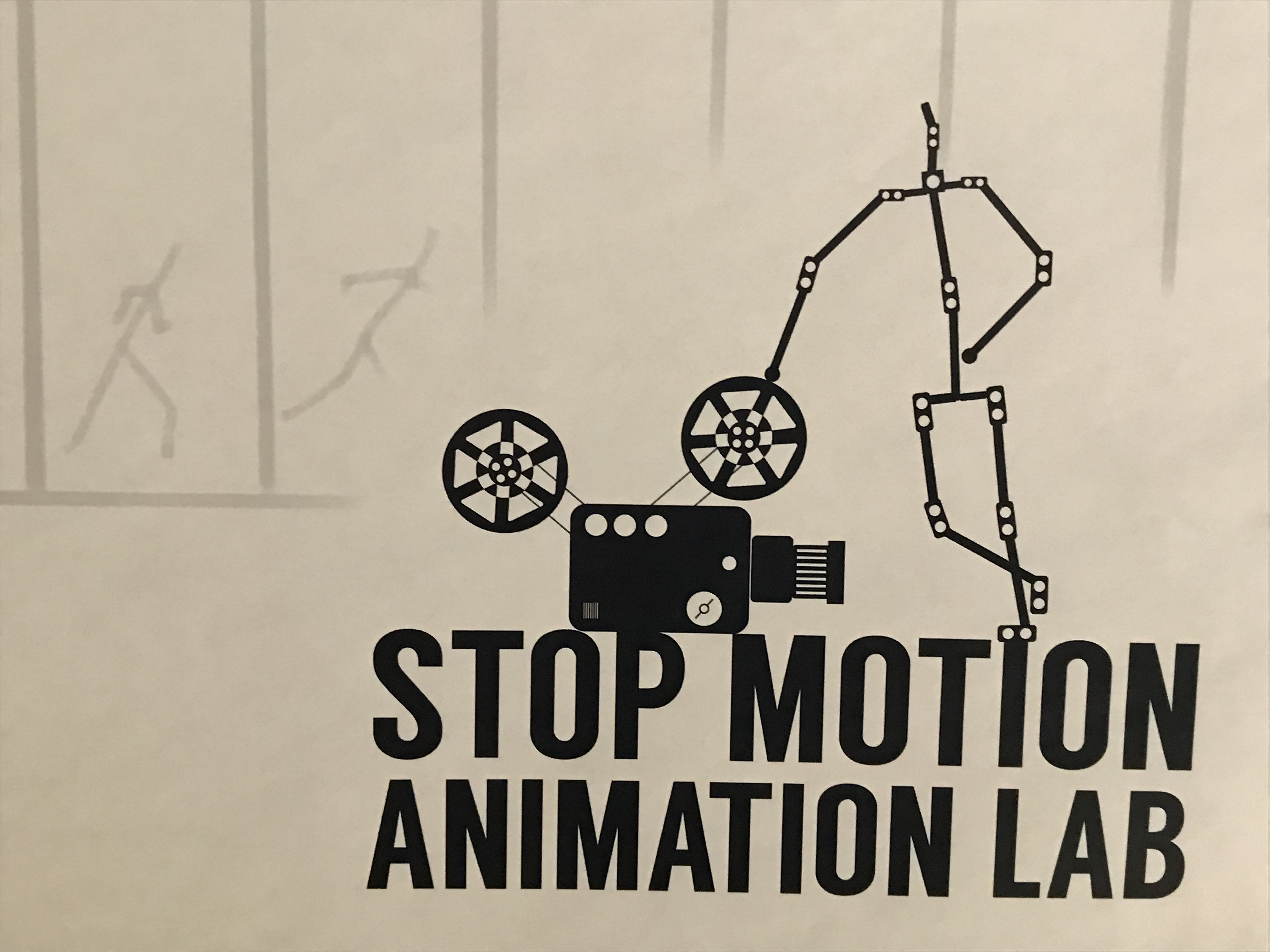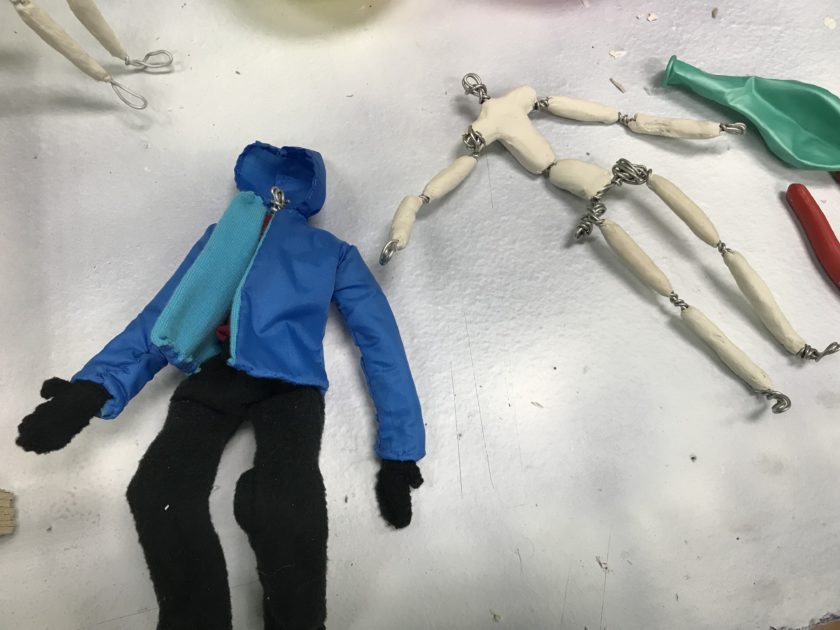Professor Jim Higgins’ stop motion animation class gives students complete control in producing stop motion shorts from the ground up.
The stop motion class is a “creative immersion” course, which means that the professor signs off on who is able to join into the class.

At the start of the semester, students formed into two groups and were tasked with creating a story idea for a short stop motion movie.
After the concept stage comes the construction period. Students are challenged to bring their stories to life using any resources that they come across. There aren’t any supplies set out for them.
Finally, there’s the animating stage, which can be a true labor. The finished product’s unique animation style can make up for this though.
You see, stop motion animation is done by manipulating a real world object and then taking a picture of it. This picture, or frame if you will, shows the object’s positioning in relation to the world around it.
If the object has a slightly different positioning in each frame, then the illusion of movement is created when you put each individual frame into a sequence.
Both teams are gearing up to enter into this phase of production.
One of the class teams are producing a short called “Ready Set Snow.” Eric Satre, sophomore, gave a short rundown of what’s to be in the movie.

“Ours is about a snowball fight between two snowmen,” said Satre.
In order to create the snow, the team shredded chunks of styrofoam. Finding ways to animate the snowballs is currently being troubleshooted.
Clothing for the models is done by cutting pieces of various cloth materials and then stitching them together to meet proper dimensions.
These custom garments are then attached to figures that are made of armature wire.
Blake Sheely, junior, and his team are developing a short called “Eyes on the Pies.”
“The whole concept is about a chef that is trying to make several pies for himself,” said Sheely, “but everytime he makes a pie, suddenly it goes missing.”
As of now, Sheely’s team is about to begin filming the opening title sequence, which appears to be utilizing a mixture of clay models and actual organic objects, specifically strawberries.
To help animate, the class uses Dragonframe, an industry-standard stop motion animation software. It was used to create such notable movies as Kubo and the Two Strings, Frankenweenie, and ParaNorman.
Higgins also procured a USB keypad controller, another product by Dragonframe. This tool allows the animator to focus on manipulating the models without having to worry about going back and forth between the camera or computer to take a picture.
Outside of constructing and animating, Higgins also had the class watch clips from ParaNorman, one of the more notable stop motion movies in recent years.
Despite their being new methods of animating that have cropped up over the years, such as computer animation, stop motion has still managed to maintain a presence over the past century
“There’s a certain fantastical element to it,” said Higgins. “It’s a part of film language. We’ve seen it so much that we’re comfortable with it. With CGI, it’s smooth, clean, and crisp. When something moves overly fluid, it’s kind of weird.”




